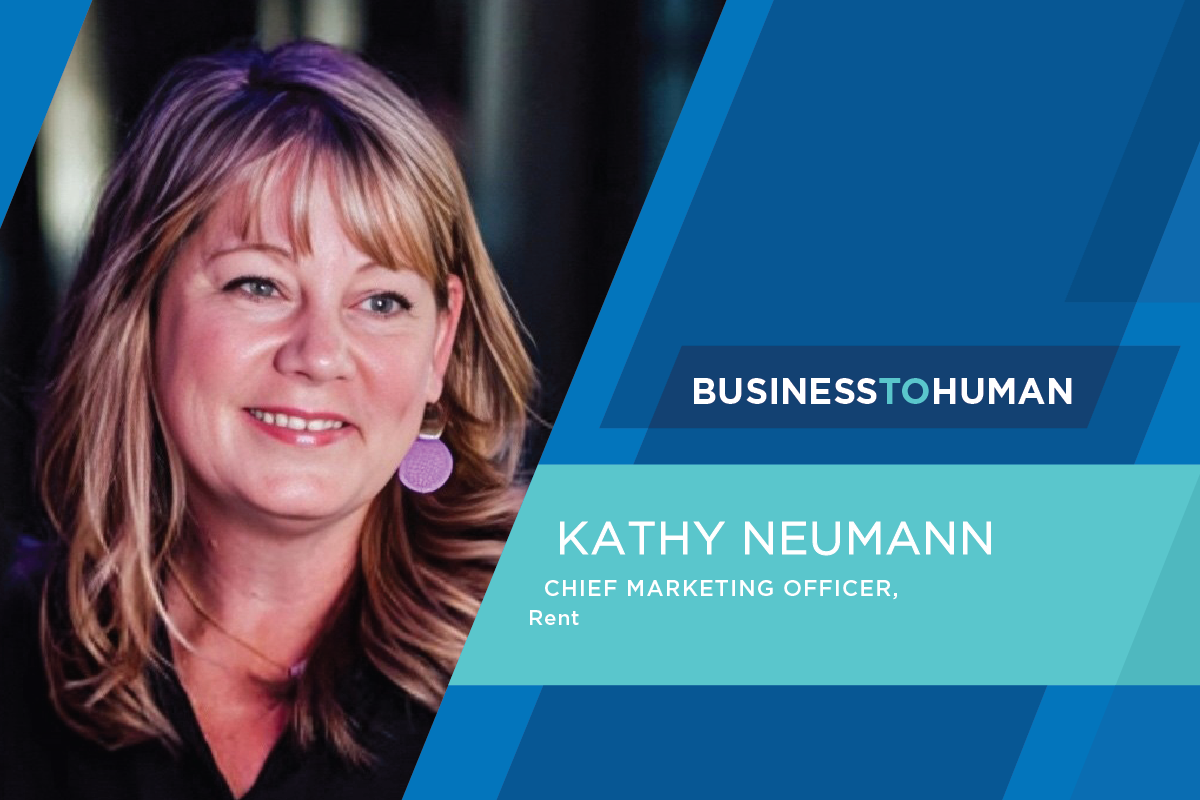Summary
- Consumer marketing strategies, by necessity, took a sharp pivot in 2020.
- With those shifts have come previews of the future of marketing — and how brands will need to adjust.
- In this post, we will recap what we’ve learned this year and how it can be applied going forward.
Did your marketing strategy go precisely as planned in 2020? Chances are you had to make some changes, due in large part to changing consumer behavior caused by a global pandemic.
As we look back at the lessons we learned in 2020, there are a few common strategy trends. But in general, the best and most successful brands were able to pivot quickly and efficiently in response to the new and evolving shopping habits and routines.
Here’s what we saw in 2020:
Digital Shopping Required Upgraded Digital Marketing Strategies
Consumers adapted to the pandemic by looking for shopping opportunities beyond brick-and-mortar stores. Almost everything was just a swipe away. For retailers, that meant one thing: Even with a strong physical footprint, they still needed a digital presence. Providing multiple options for shoppers to satisfy their purchase needs was essential.
Several brands and retailers incorporated digital elements into their overarching marketing strategies. From a media perspective, mobile helped build awareness and influence consumer purchases. Plus, our research found 44% of shoppers were always or very often using smartphones or other mobile devices to save money during their in-store and online shopping trips.
Beyond that, a digital marketing strategy provided some much-needed support to other marketing efforts, including coupons. Our recent Consumer Intel Report found that 34% of shoppers now look for paperless coupons and discounts. More consumers are also using store apps (26%) and reading store emails (25%).
Additional Insights:
The Best Brands Made Data-Driven Marketing Decisions
Data has been changing business operations for a long time now. In 2020, it reshaped and created more personalized consumer experiences, helping to overhaul customer service and enabling businesses to forecast consumer needs. It has even improved the precision and effectiveness of employee recruitment efforts.
But few business functions benefited more from data this year than advertising and marketing. Data-driven marketing decisions helped create laser-targeted campaigns that speak to specific consumer needs. Just last year, our survey found that 64% of consumers bought something on a whim after receiving a personalized offer. That’s the real power of data.
Of course, there is a fine line to walk with data. Though consumers expect personalization, companies using this valuable data must keep privacy in mind at all times.
Additional Insights:
- “Vericast Consumer Graph™”
- “Respecting the Privacy-Minded Consumer’s Buying Journey”
- “The Best Brands Are Human First”
- “The Marketing Resolutions to Take You Into 2020”
Influencer Marketing Made a Big Impact
Word of mouth has long been essential to brand discovery, but changing consumer behavior has amplified its necessity. As a result, businesses relied on recommendations more than ever before.
And no digital marketing strategy is complete without social and influencer components. Social is where consumers spent most of their time online, making it an ideal and cost-effective channel for connecting directly with shoppers and building brand loyalty. Influencer marketing puts brands in front of consumers otherwise beyond their reach, and it’s an effective way to build brand loyalty and credibility through individuals whose opinions consumers already trust.
The importance of influencer marketing should not be underestimated for getting the word out. We found nearly one-third of consumers tried a new product this year if it was recommended by an influencer they follow. In certain categories, that number is even higher.
Influencer marketing also provided a more interactive experience than other marketing efforts, allowing for more creative and highly impactful content. Add-to-cart ads from influencers provided an average click-through rate of 0.9% versus the benchmark of 0.3%.
Additional Insights:
- “Social Media and Influencer Marketing Continue to Humanize the Customer Purchase Journey”
- “The Changing Consumer Journey: How People Will Shop in the Future”
- “Executive Interview: The Power of Influencer Marketing”
Matching marketing tactics to consumer needs
Staying in step with changing consumer behavior means being in tune with changes in consumer needs and expectations. That requires agile, proactive marketing for brands and retailers that hope to maintain market share. In 2020, that meant data, digital marketing, and influencers. Here’s to staying nimble in 2021!
If you’d like to learn more about what Vericast can do for you, we welcome you to download our 2020 Consumer Intel Report. We discuss these and other topics critical to marketing strategies for 2021.



